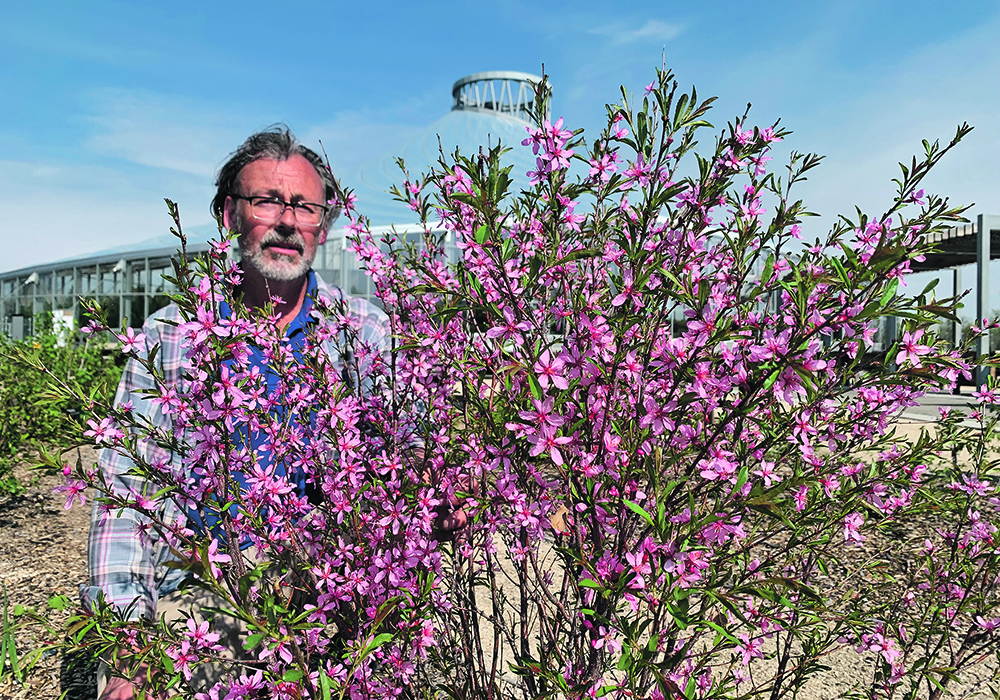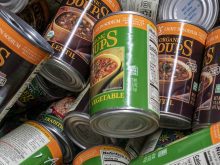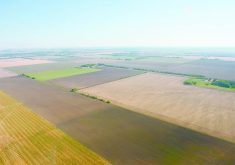Botanical observatory’s diverse food and farm-based collection of plants reflects world-wide roots of Canadians
If you go looking for the agricultural collection at the glittering, soaring, sprawling and steamy new botanical gardens in Winnipeg’s Assiniboine Park, you won’t find any signs pointing the way.
It is hiding in plain sight.
“The idea of this place is the cultural relation of the people to the plants, the history behind the plants and the spiritual relationship of the people with the plants,” said Euguenia Druyet Zoubareva, the lead gardener of The Leaf, the just-opened botanical conservatory.
Rather than a collection of pretty flowers and exotic-looking plants, the indoor gardens at The Leaf were designed to house many of the plants to which Canada’s immigration-based population are deeply attached, and that means many are food- and farm-based.
In the outdoor gardens, the collection is dominated by winter-hardy plants that can be turned into food, with both native prairie and foreign specimens growing in the short season, dryness and high heat of Western Canada.
“With food insecurity, let’s see what we can grow here and show that if you only have a small plot, this’ll give you the biggest bang for the buck,” said Craig Gillespie, the outdoor gardens supervisor, whose hands and jeans are marked by the dirt he’s been kneeling in as he establishes another season of open air food production.
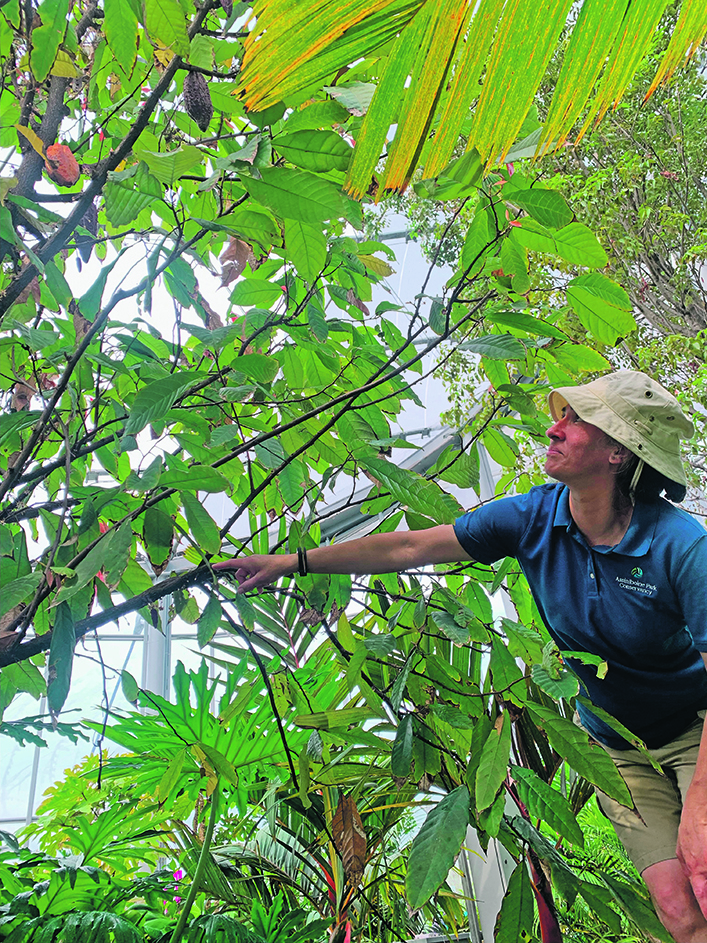
The outdoor gardens opened two years ago, offering pandemic-weary locals and tourists a blessed escape from cloistered lives.
Urban foodies are fond of the gardens, because most provide examples of the food that can be grown in Western Canada and easily used in the kitchen, but farmers might find the plants professionally interesting and commercially relevant.
For instance, along a sun-baked wall is growing a Jefgold pear, a variety developed by the commercial Jeffries operations at Portage la Prairie. A Battleford apple is also growing along the wall.
Varieties of tart cherry bushes are flowering in the early May sun and warmth. The fruit from those plants is popular for many uses in Ukraine and beginning to be commercialized in Canada.
A long, trellised fence provides purchase for dozens of varieties of hops, the beer component that is actively sought by today’s local-focused micro-brewers.
Last year Gillespie seeded small plots of winter wheat, durum and rye.
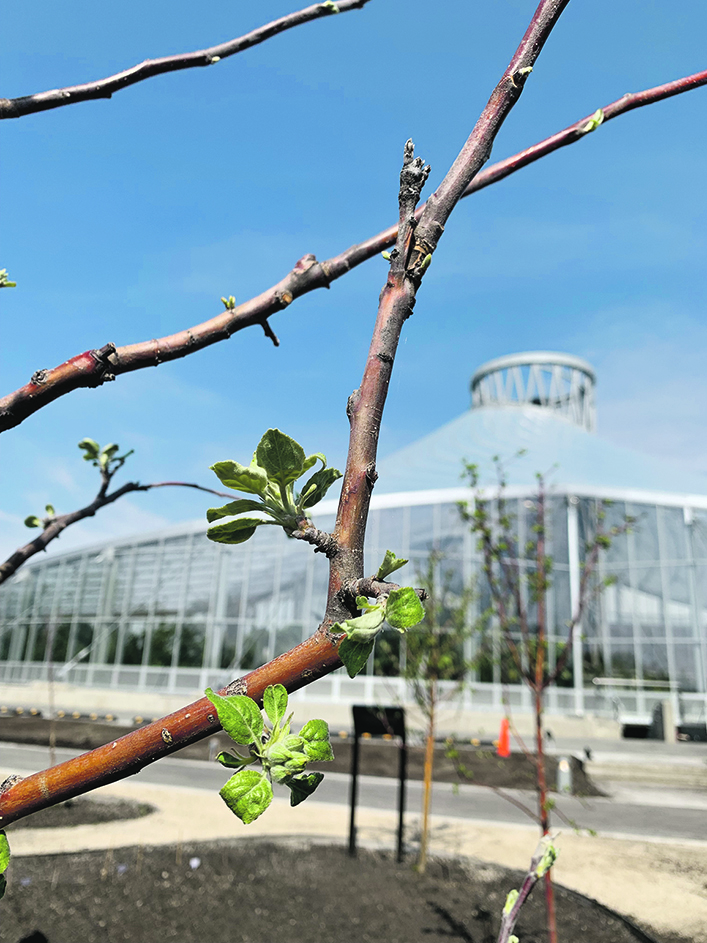
“This morning we planted four types of wheat. The goal is to manually harvest and thresh, put through a blender and cook it in that pizza oven over there,” he said, gesturing to the open oven sitting in the middle of the kitchen garden, surrounded by edible foods that will soon compose and adorn homemade pizzas.
Saskatoon berry bush varieties, some developed at the University of Saskatchewan, will offer sweetness to foods made in the outdoor kitchen and also in the fancy restaurant inside The Leaf, which has already become a trendy Winnipeg destination.
The food here isn’t wasted. Beyond supplying the outdoor kitchen, restaurant and local food banks, some of the crops feed more ravenous customers.
“There’s a tortoise who absolutely loves it,” said Gillespie about the pattypan squash the garden grows and supplies to the Assiniboine Park zoo.
Other beasts dine on various products of the gardens, depending on their tastes and availability.
In the indoor tropical area, complete with a tall waterfall, Druyet Zoubareva is delighted to show off her pride and joy, the podding-out cacao tree.
“We have one of the three trees that is actually producing pods inside in North America,” said the Cuban-raised gardener.
There are two other cacao trees in the collection, but like most indoor specimens, they aren’t fruiting. It’s hard to reproduce the conditions in which the plants naturally thrive within tropical commercial production.
The reason this one is productive isn’t clear, but Druyet Zoubareva thinks it might have something to do with the nearby mahogany tree, which has a symbiotic relationship with cacao. The big, ugly, brown pods hanging off the cacao tree don’t look that special, but this crop forms the basis of the global chocolate industry that spans the tropical regions of the planet.
Throughout the collection are trees and plants like this, which might seem exotic in Canada but are the basis of farms, food and economies around the globe.

There is guava, allspice, lemongrass, taro, turmeric, sugarcane, breadfruit and banana amidst the greenery. Bamboo, coconuts, neem and pineapples appear to be thriving.
For native-born Canadians, these specimens might be the first they’ve seen of these foreign staple crops, but for Canada’s African, Asian, Latin American and European immigrants, they often bring bursts of nostalgia about foods new Canadians have grown up with.
Closely related to the food plants are the sacred ones, which hold a special place for many. Within the collection grows the banyan, the bo (ficus religiosa) and the ceiba.
Through a tightly sealed glass door is the Mediterranean collection, which houses plants that prefer cooler, drier conditions.
That includes olive trees, herbs and spices and plants more similar to Canada’s native species than is seen in the tropical area.
Like all producers, Druyet Zoubareva has to worry about insect pests and disease. However, managing a collection of hundreds of different plants in dozens of contrasting conditions means she can’t just use the most available commercial treatments.
In order to preserve the plants and produce a garden that isn’t too volatile, a lot of cleaning with water and hand management is involved. The goal is not to eradicate all bugs and disease, but to minimize negative impacts.
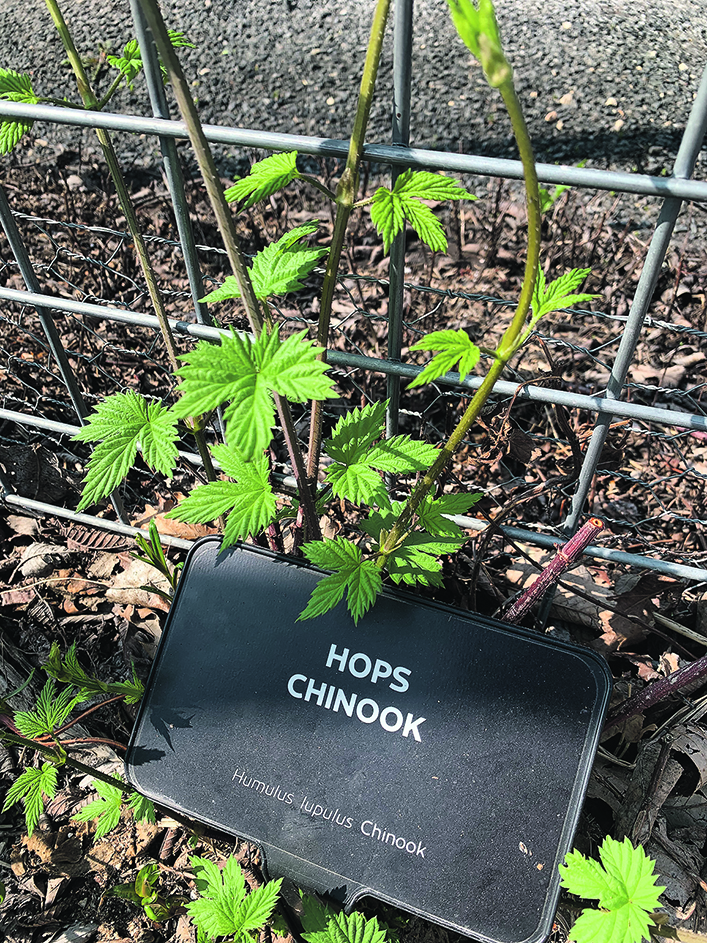
“We are looking at having an equilibrium,” said Druyet Zoubareva about encouraging beneficial insects.
“If you sterilize everything you will have an explosion.”
On this day, children on school tours are cheerfully running around the outdoor gardens. American tourists are checking out the tropical growth and Filipino immigrants are happily looking at plants from back home.
It’s an enthralling collection, but houses relatively few bright and beautiful flowers. That might surprise some visitors, but the focus seems to be working as planned.
“It wasn’t just about a more sterile experience of looking at pretty plants,” said Laura Cabak, the director of communications for the operator of The Leaf, the Assiniboine Park Conservancy.
“There was something deeper and more meaningful in the experience. That’s what we tried to do.”
It’s not officially an agricultural collection or farm garden, but with most of the plants bearing fruits that support much of the world’s population, it’s more farm-focused than many would guess from outside the glittering glass and carefully managed grounds.




